Facts
- Manufacturer: Commodore
- Type: Home computer
- Release: August 1982
- Introductory price: US$595 (equivalent to $1,477 in 2016)
- Discontinued: April 1994 (Commodore dismiss)
- Units sold: ~17 million
- OS: Commodore KERNAL / BASIC 2.0, optionally GEOS, CP/M 2.2 (requires CP/M Z80 cartridge)
- CPU: MOS 6510/8500 @ ~1 MHz
- Memory: 64 KB RAM + 20 KB ROM
- Graphics: VIC-II (320 × 200, 16 colors, sprites, raster interrupt)
- Sound: SID 6581 (3× osc, 4× wave, filter, ADSR, ring)
- Storage media: Cartridge ROM, Datasette (cassette) recorder, floppy drives (supports up to 4 drives)
- Predecessor: Commodore VIC-20, Commodore MAX Machine (Japan only)
- Successor: Commodore 128 (outlived the C128)
Released 1982: The Commodore 64 (C64, CBM64, C=64, VIC-64) is the most favored and best-selling home computer of the 80’s, which was built from 1982 until the bankruptcy of Commodore in early 1994. The C64 was voted the computer of the year twice in the category home computer by an international committee of journalists from computer magazines. It had superior sound and graphical specifications compared to other earlier systems such as the Apple II and Atari 800, with multi-color sprites and a more advanced sound processor (SID chip). The C64 dominated the low-end computer market for most of the 1980’s. Even though other computers quickly caught up with it, the C64 remained a strong competitor to the later video game consoles Nintendo Entertainment System (NES) and Sega Master System, thanks in part to its by-then established software base, especially outside North America.
The statements of the sales figures are very different. The realistic statement is something about 17 million. The fall of the Berlin wall, in 1989, was a lucky chance for the C64. The C64 was sold in eastern Europe until the collapse of Commodore due to financial trouble.
Demoscene
The C64 is often credited with starting the computer youth subculture known as the “demoscene”. It is still being actively used in the demoscene, especially for music (its sound chip even being used in special sound cards for PCs, and studio equipment). Keywords: demo groups, crack groups, copy parties, demo parties …
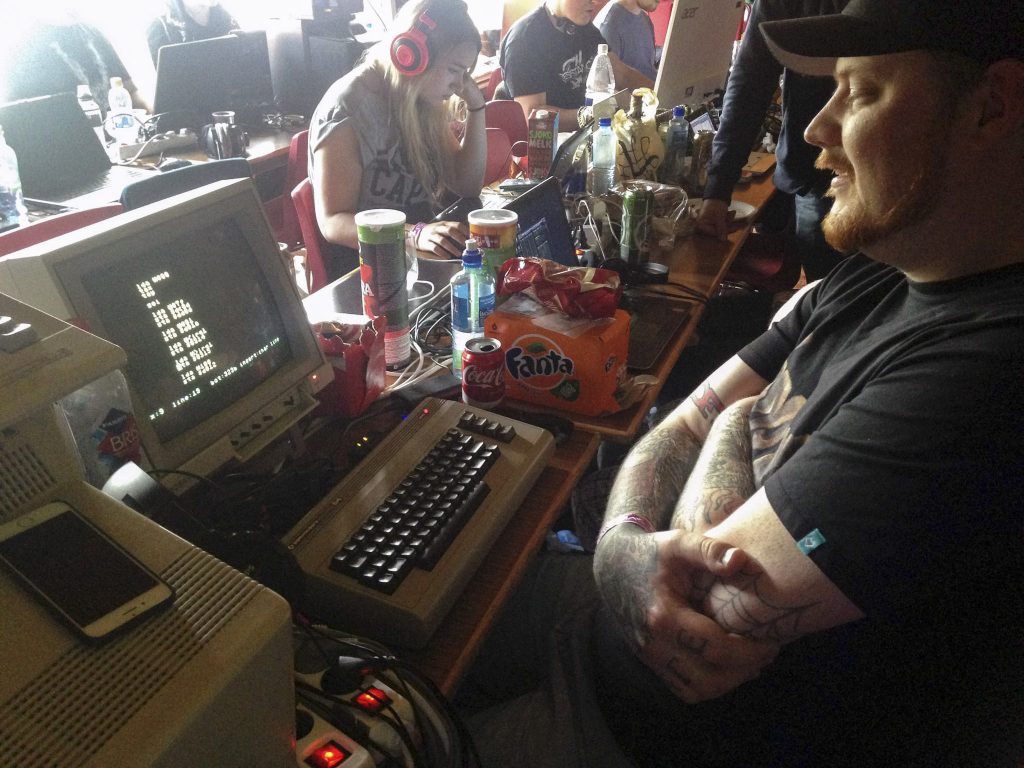
Operating systems
Many 3rd party operating systems have been developed for the C64. As well as the original GEOS, a graphical windows and icon based system (full GUI). At least two third-party GEOS-compatible systems have been written: Wheels and GEOS megapatch. Both of these require hardware upgrades to the original C64. Several other operating systems are or have been available, including WiNGS OS, the Unix-like LUnix, operated from a command-line, and the embedded systems OS Contiki, with full GUI. Other less well known OSes include ACE, Asterix, DOS/65 and GeckOS.
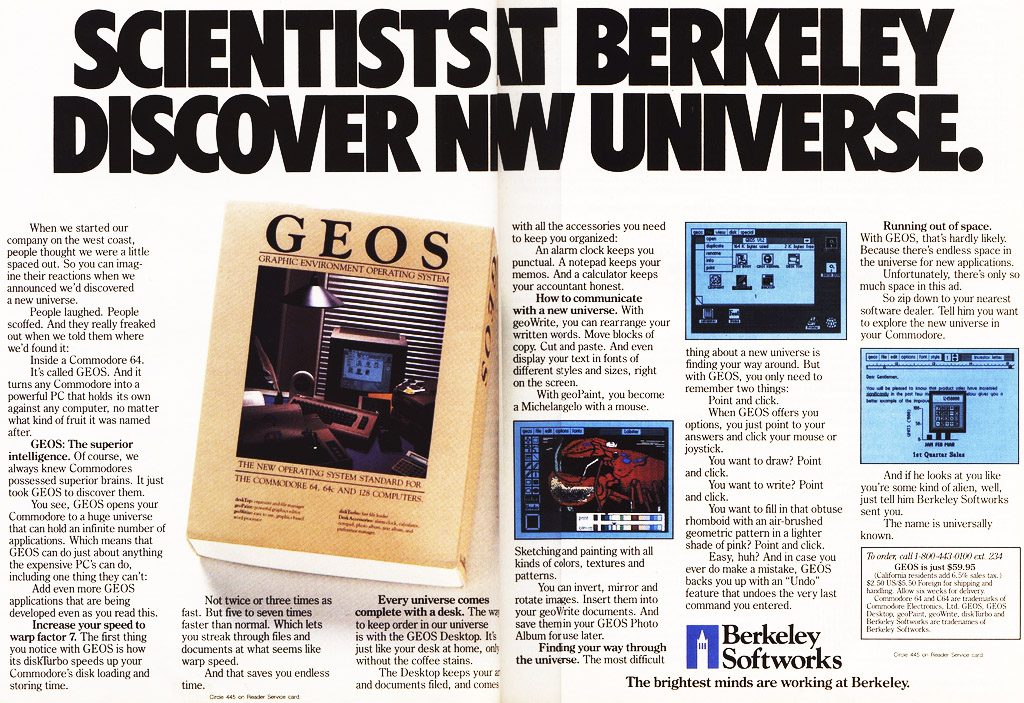
CP/M 2.2 was available from Commodore almost right from the beginning in 1982, but was probably cancelled sometime in 1983. It is an cartridge with an Z80 processor and requires a floppy drive as media. (I got the CP/M Z80 cartridge in my collection, see pictures bellow). C64 CP/M suffer from lack of software, although most CP/M software can theoretical run on these systems, the C64 floppy disk format is incompatible with other CP/M platforms. The low usage of CP/M on C64, meant almost no software houses mastered programs for the Commodore disk format. The difficulties from a users perspective to transfer a program from another CP/M computer onto the C64 was very high, but not impossible. In the beginning, Commodore marketed the Commodore 64 as CP/M compatible in the print on the box, which was not really true, as it requires the CP/M Z80 cartridge to run.
Networking
During the 1980’s, the Commodore 64 was used to run bulletin board systems. These boards sometimes were used to distribute cracked software. As late as December 2013, there were 25 such Bulletin Board Systems in operation, reachable via the Telnet protocol. There were major commercial online services, such as Compunet (UK), CompuServe (US – later bought by America Online), The Source (US) and Minitel (France) among many others. These services usually required custom software which was often bundled with a modem and included free online time as they were billed by the minute. Quantum Link (or Q-Link) was a US and Canadian online service for Commodore 64 and 128 personal computers that operated from 1985 to 1994.
Online gaming
The first graphical character-based interactive environment is Club Caribe. First released as Habitat in 1988, Club Caribe was introduced by LucasArts for Q-Link customers on their Commodore 64 computers in USA. Users could interact with one another, chat and exchange items. Although the game’s open world was very basic, its use of online avatars and the combination of chat and graphics was revolutionary. Online graphics in the late 1980’s were severely restricted by the need to support modem data transfer rates as low as 300 bits per second. Habitat’s graphics were stored locally on floppy disk, eliminating the need for network transfer.
Commodore 64’s in my collection
First of all, Commodore 64 is my favorite computer of all time, it has so much soul in it. C64 was my first computer when I was ten years old in 1986. I’ve collected several C64s, including the redesigned C64 model C which is technically the same, and a good selection of useful peripherals for it. Commodore floppy drives C1541 and C1541-II, mouse C1351, the cassette/datasette recorder (C2N) which usually came bundled in the box with C64 here in Europe. Floppy drives on the other hand was sold separately and costed almost as much as the computer itself.
I also got the GEO RAM 512 KB memory expansion cartridge that speeds up GEOS operating system. The Commodore 1702 monitor that matches the original C64 “breadbin”. Also got some modern peripherals for it, like the SD2IEC floppy drive emulator that uses convenient SD memory card for storage and the MMC Replay cartridge that also uses SD card for storage in addition to adding features and utilities.
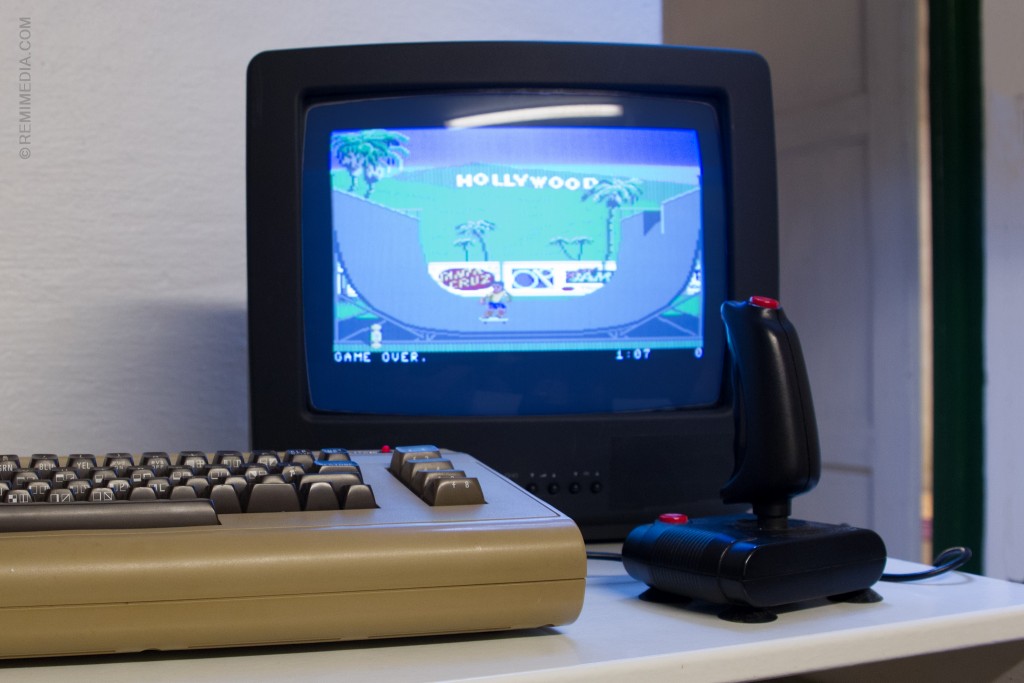
Repairs
I believe the Commodore 64 is generally a very reliable durable machine, but due to age and tear, there is many things than can cause malfunctions or even a completely dead machine with all black screen. In one my Commodore 64’s, everything seemed 100% except it refused to access a floppy drive. I replaced one of the two “CIA” chips, and it worked fine after this. On that particular C64 main board, the CIA chips had no sockets, so I had to de-solder the old chip first.
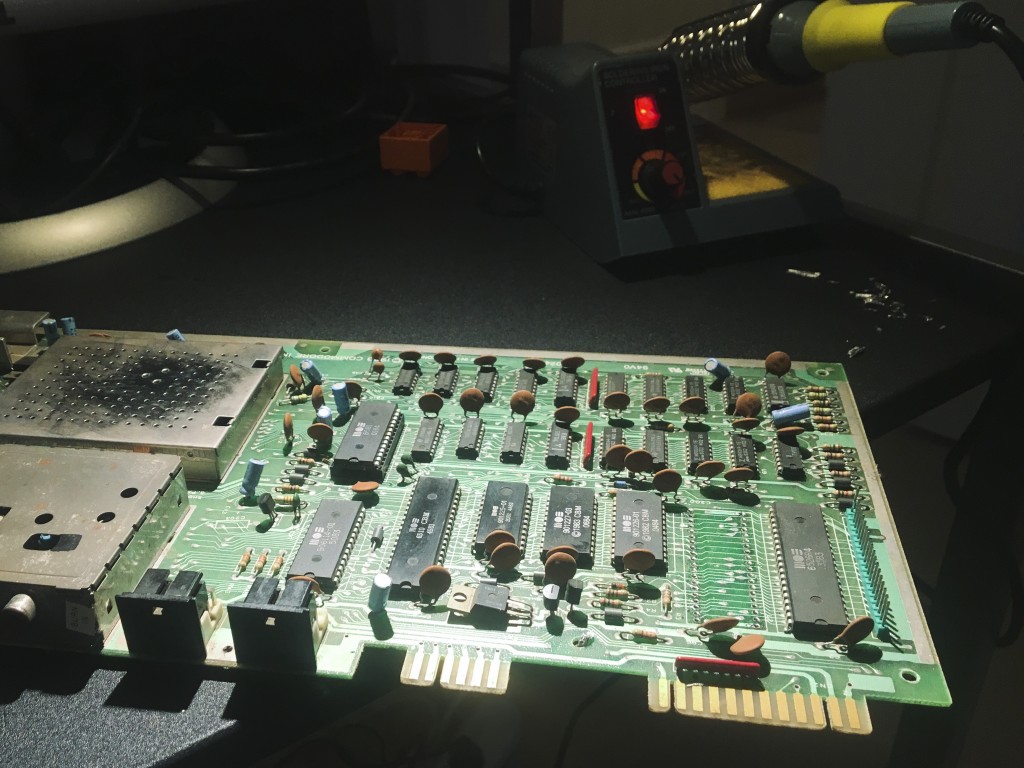
Faulty CIA chips is a very common failure that can cause all sorts of issues. I had a 1541 floppy drive that simply wouldn’t work, I decided to replace the “VIA” chip in the floppy drive controller board, after this the floppy drive worked fine again.
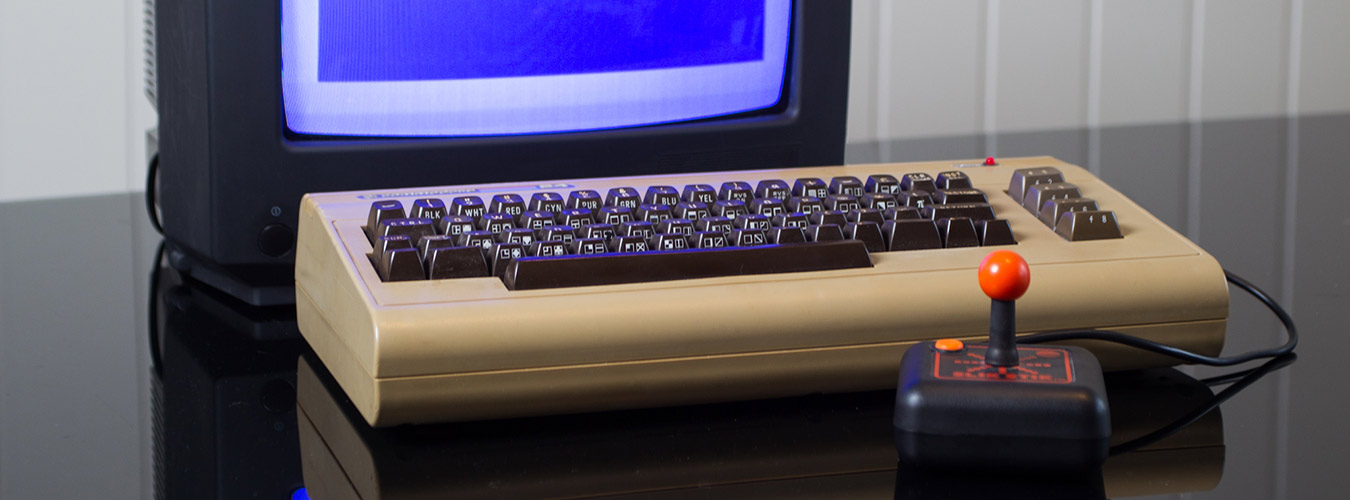
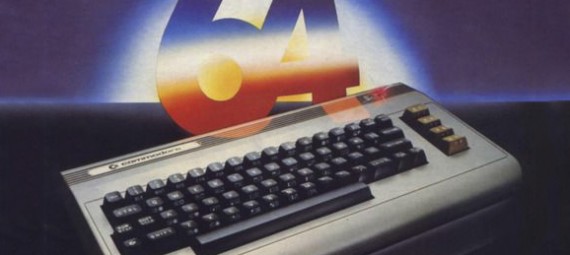
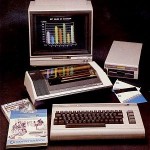

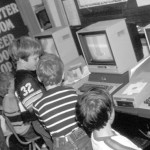
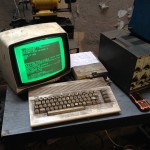

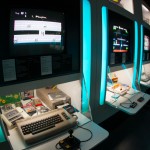

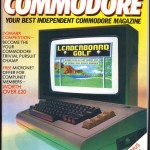
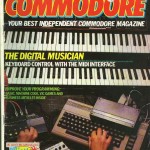

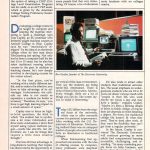
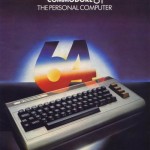
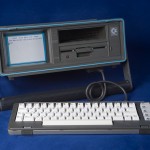
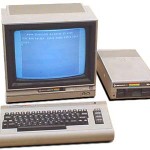
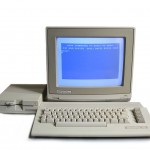
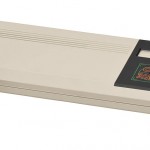
4 thoughts on “Commodore 64”